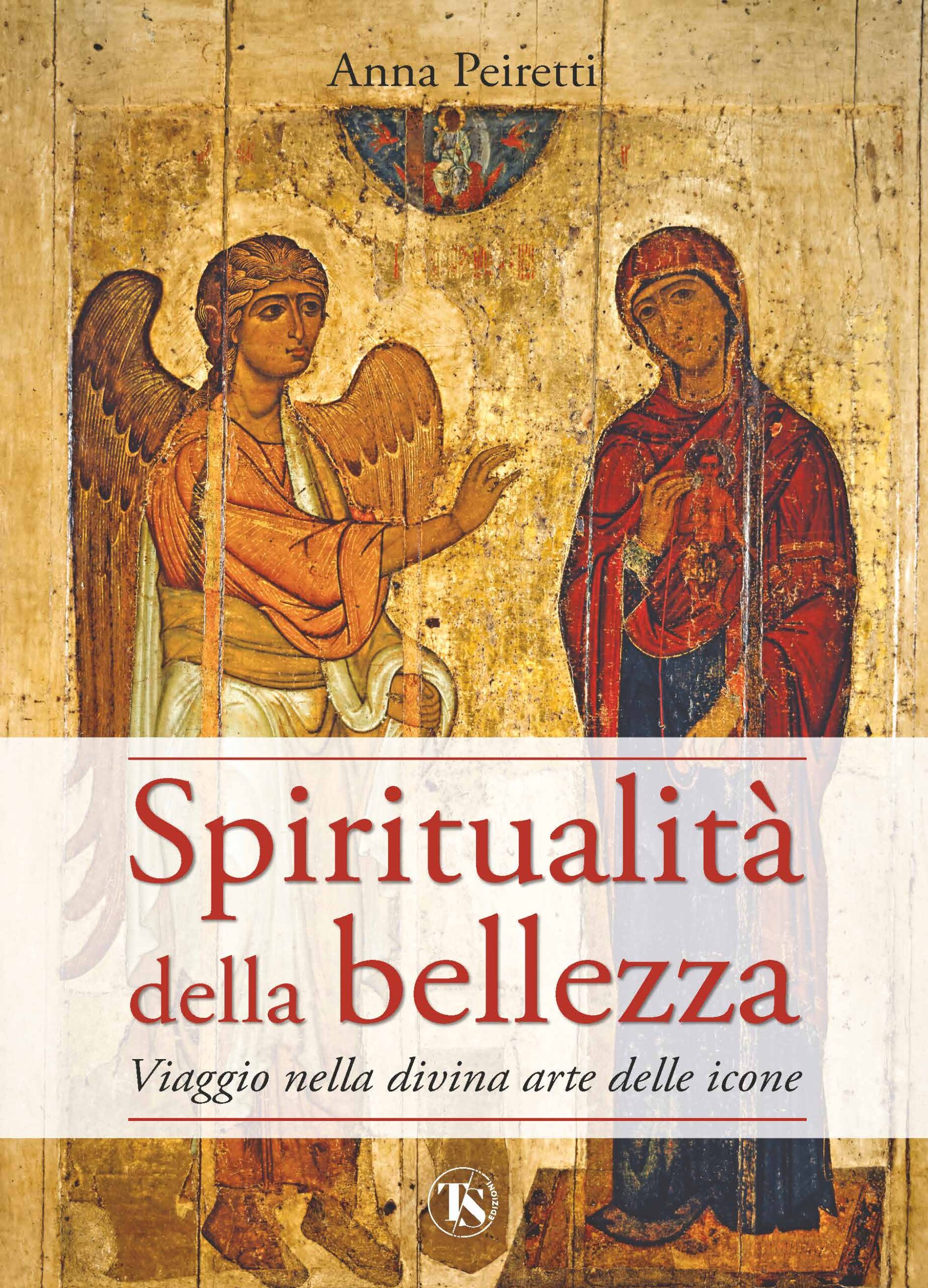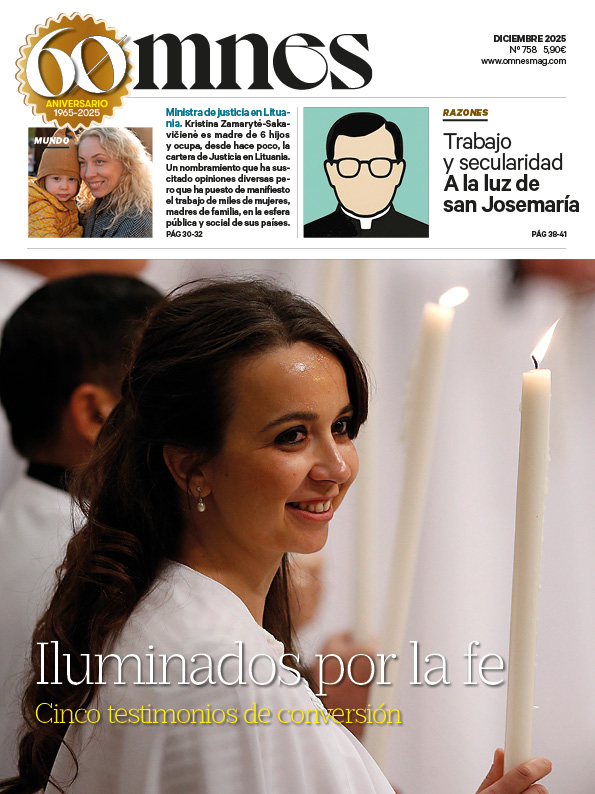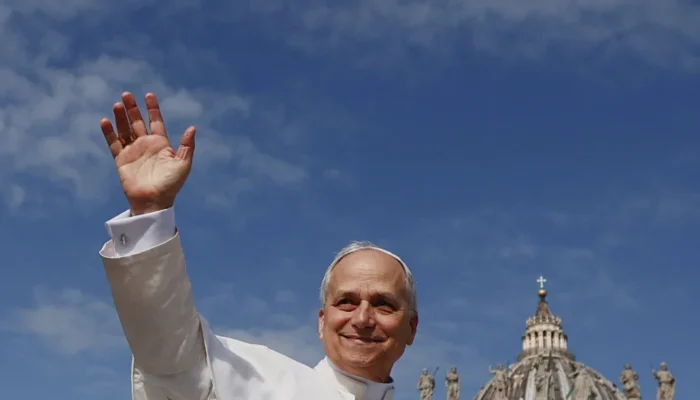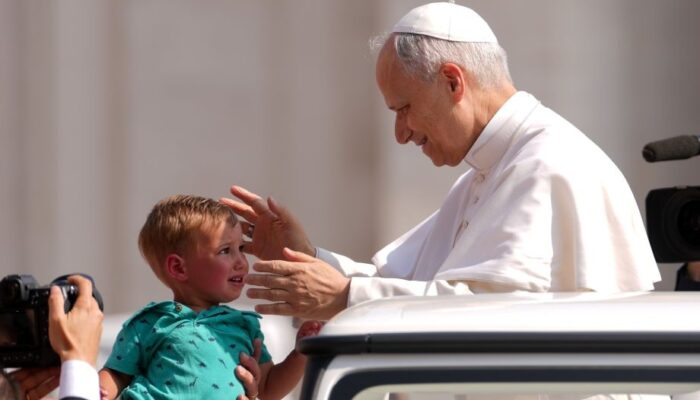Icon painting is not only a wonderful art form, but also a dimension in which we can live our faith more intensely. There are icons preserved in Russian museums, the most famous of which is the Tretyakov Museum in Moscow, but also in monasteries in Greece, Sinai, Syria..., explains Anna Peiretti (Turin, Italy, 1968) in this interview.
Your book is in a certain sense autobiographical, because "the experience with icons has guided my prayer since my youth. The image has always been important as a support, as a help", and "I have included the icons that are dearest to me, those of my daily life".
They are "icons of Orthodox origin, considering some works from the Eastern European tradition, but also from the Greek tradition", explains Anna Peiretti, for whom "the icons presented to our gaze invite us to enter the scene of the Gospel".
Spirituality of beauty. Journey in the divine art of the icons.

How did the idea for this book come about?
- The experience with icons has guided my prayer since I was a child. youth. The image has always been important as a support, as a help. I felt the need to share with those who read and pray with this book an exhausting spiritual experience, the difficult fidelity to daily prayer, the attempt to escape from material concerns, the lack of attention in listening to the Word. Well then, the icon has been 'the support staff' in knowing that, while escaping, at the same time the Invisible comes visibly closer and gives itself to human perception.
The icon is a window that opens to God. It is like a stained glass window in which we can contemplate the sun without danger to our retina. Thanks to the icon, a space is created in which it is possible for us to encounter God. And like every encounter, it is also composed of glances, dialogue, silence and joy. Thus was born...
The vast majority of icons are of Orthodox origin, are they not?
- Icon, from the Greek 'eikôn', meaning image, is the technical term we use to refer to sacred images in Byzantine art, considering painting on panel, as opposed to painting on a wall. We must think of a portable sacred image, in mosaic, painted on wood or canvas and executed in tempera, encaustic or even enamel, silver and gold.
In this project I chose icons of Orthodox origin, considering some works from the Eastern European tradition, but also from the Greek tradition. By icon we mean Orthodox religious expression... but this does not mean that with this term we can also consider works of art of religious character belonging to other traditions and geographical origins.
Where can you admire the world's most significant icons?
- Icon painting is not only a wonderful art form, but also the dimension in which we can live our faith most intensely. There are icons preserved in Russian museums, the most famous of which is the Tretyakov Museum in Moscow, but also in monasteries in Greece, Sinai, Syria....
There are also icons in Italy, for example in the museum of icons in Venice, at the Hellenic Institute. The cathedral of Monreale has impressive icons on its walls. In my book, however, I consider the value of the iconographic model that the icon represents. It is not necessary to go to a museum to contemplate it. I want to arouse an experience of everyday beauty, within the walls of one's own home. In my book I have included the icons that are dearest to me, those of my daily life.
The spirituality of beauty. You say that the function of the icon is 'prayer made art'.
- Symbolic colors and pictorial canons transfigure art into prayer. Blue is the sky, red is life, white is the divine... We could also say the opposite: prayer is transfigured into art. If I think of the way an icon is composed, then there is art, but there is also prayer at the same time; the monk always precedes in contemplation the mystery he wants to represent. No one can sign the icon; the iconographer puts himself at the service of the Spirit. I consider that the icon is the fruit of prayer, but at the same time this image, for those who contemplate it, gives fruits of prayer.
"Being in front of an icon is not, therefore, a purely aesthetic act, but you access a message, a dimension that smells of Infinity," he says.
- I believe that this same disposition of things exists in the heart: the word and the icon. What the Gospel says with the word' - it is affirmed in a Council of the East - "the icon, a dense image of a Presence, announces it with colors and makes it present". The story is one, the message one, the meditation one. The icon and the Word (the Book) are made of the same substance: the narration that God makes of himself.
I think this is an argument common to all: in the spiritual experience, the Bible cannot be absent. The image, through visual perception, gives strength to the message of the Word. The icon is prayer made art, in the sense that it introduces into the dynamics of dialogue the Book that speaks and me who listens. It is the whole Church that listens. I do not believe, therefore, that the icon asks only to admire the colors and forms, but that it presents itself as an epiphany of a theological message. In the book, I propose the reading and meditation of some biblical passages, of which the icon reveals some meaning, among many others.
The icons presented to our gaze invite us to enter the scene of the Gospel, to slide our eyes among the details, to stop our attention on an element. The icon painter is a director who has arranged the objects represented according to a precise intention. The icon invites us to enter into the image, at the same time as it invites us to enter into the meaning of a Gospel passage, to seek our own meaning.
One last thing. During the Jubilee 2025 in Rome there will be an exhibition of icons from the Vatican Museums. Do you know the project?
- I am not familiar with this project, but I hope to have the opportunity to visit this exhibition. I believe that talking about the spirituality of beauty is a great sign of hope. Eyes stimulated by beauty push beyond the heart; beauty continually drags beyond, it nourishes hope. I think that our faith, with regard to the inexhaustible mystery of God, must be nourished by the desire to go always beyond, towards what still remains hidden in order to discover it unceasingly.
Icons are always "images of hope". The search for beauty is the task of the Christian who wants to recognize the image of God in the world and in himself. The invisible is offered to us in the faces of our brothers and sisters, in sacramental signs, but also in the beauty of the icons in which it is possible to contemplate him.







